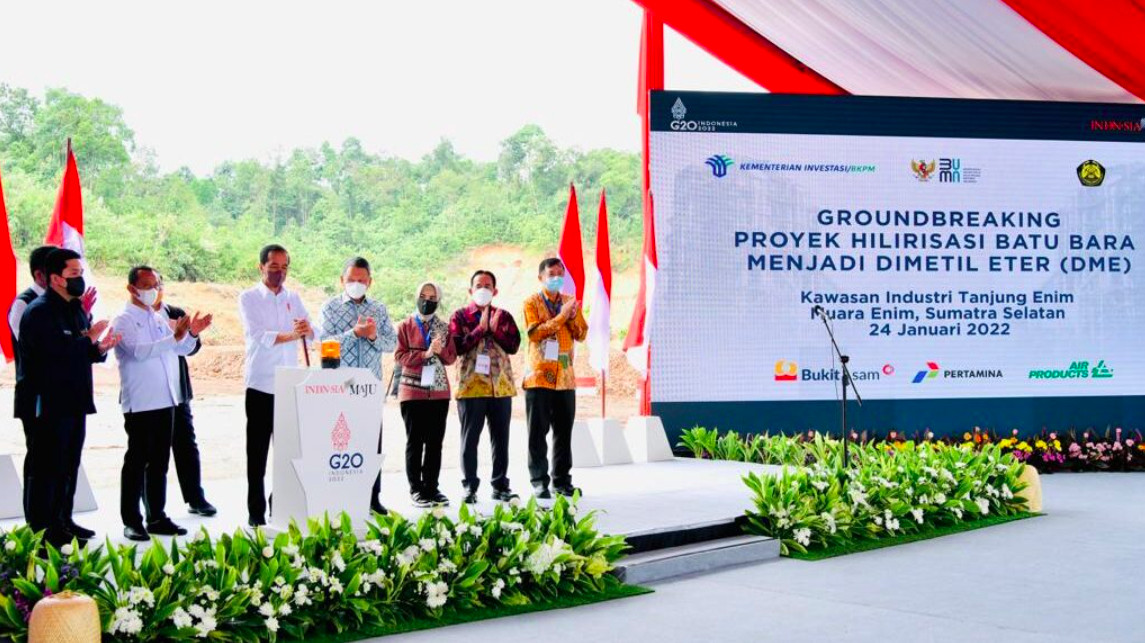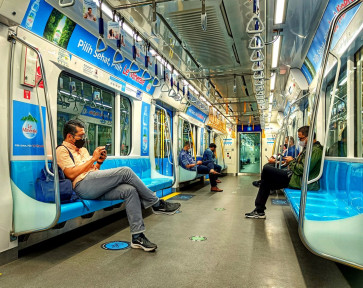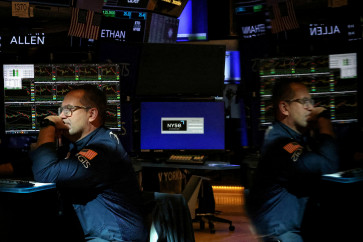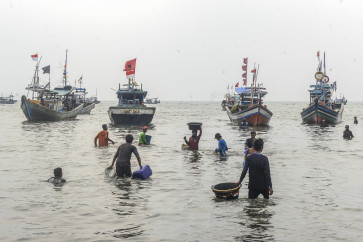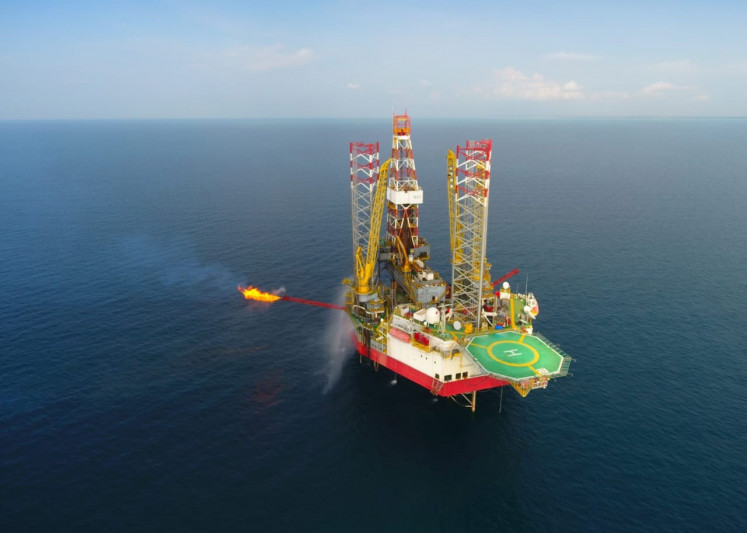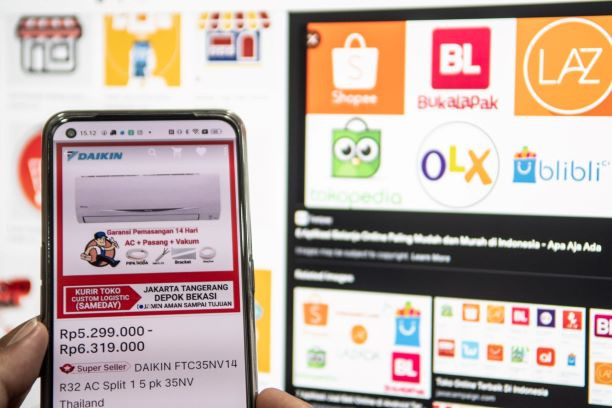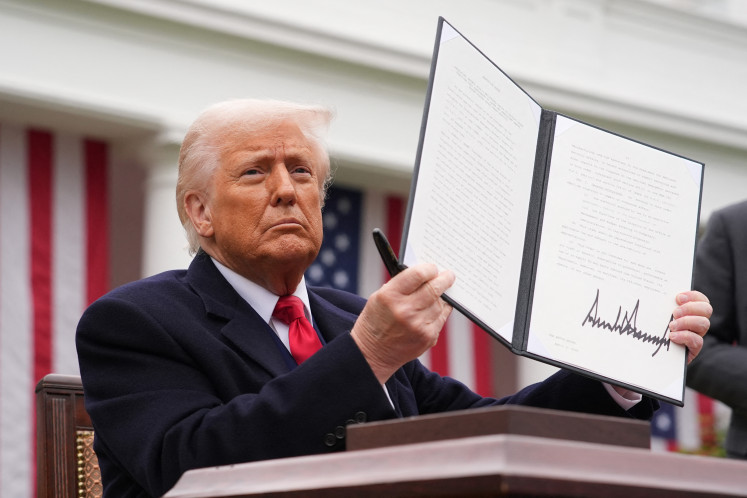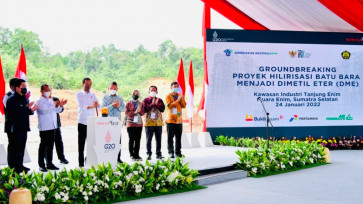Popular Reads
Top Results
Can't find what you're looking for?
View all search resultsPopular Reads
Top Results
Can't find what you're looking for?
View all search resultsCoal gasification not economically viable: Analysts
As the world enters the energy transition, analysts review the potential costs and savings of Indonesia's plan to replace LPG with coal-derived DME in its bid to promote clean cooking.
Change text size
Gift Premium Articles
to Anyone
A
multibillion-dollar coal gasification facility in South Sumatra might not create an economically viable alternative to imported liquefied petroleum gas (LPG), but the flagship project might improve energy security, analysts say.
The plant aims to produce 1.4 million tons of coal-derived dimethyl ether (DME) as household cooking fuel to substitute 980,000 tons of LPG.
However, its construction cannot be justified with savings from reducing LPG imports except for a limited period of time, according to a report from the Institute for Energy Economics and Financial Analysis (IEEFA) released on Jan. 27.
“The economic case for substitution is tenuous at best,” said the report’s author and energy finance analyst, Ghee Peh.
The IEEFA report suggests that a government subsidy similar to the Finance Ministry’s existing LPG subsidy would be necessary for coal-derived DME because of its high production cost of US$601 per ton.
Peh estimates that the government would lose an estimated $547 million from the DME pricing mechanism and subsidy, higher than the cash outflow for LPG, but with a caveat.
“Savings only work for the Indonesian government when the LPG price is more than $858 per ton, which has only happened for 15 months in the last 20 years,” said Peh.

